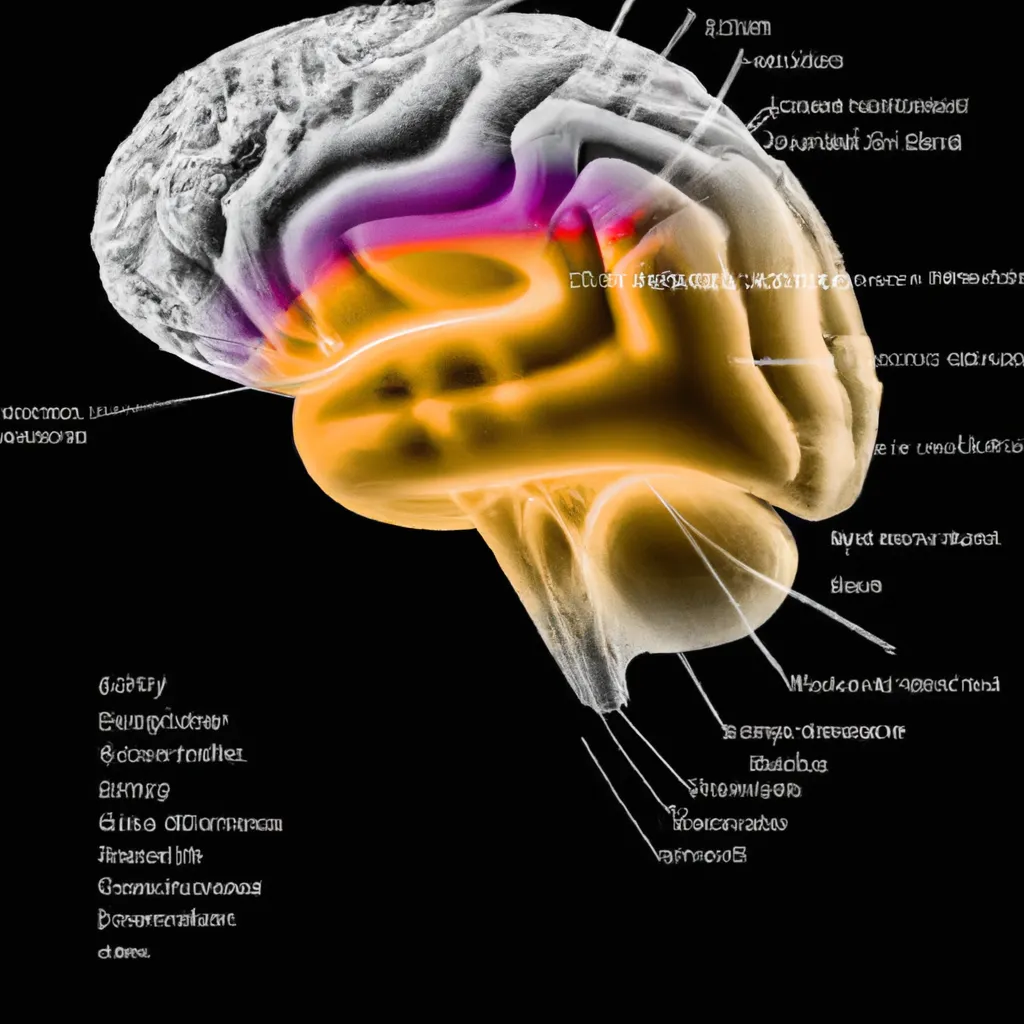Exploring the Science of Consciousness - Brain Processes and Theories

Introduction
Consciousness is a complex and multifaceted concept that has puzzled scientists and philosophers for centuries. While the exact nature of consciousness remains a mystery, recent advances in neuroscience have shed some light on the specific brain processes and structures that are associated with this phenomenon.
Neural Correlates of Consciousness
Neural correlates of consciousness (NCC) refer to the minimal set of neural processes and structures that are necessary for a particular conscious experience. In other words, NCC are the specific brain processes and structures that are associated with consciousness.
One of the most widely accepted theories of NCC is the global workspace theory, which suggests that consciousness arises when information is integrated and broadcasted across multiple brain regions. According to this theory, the prefrontal cortex, which is involved in decision-making and attention, plays a crucial role in integrating and broadcasting information.
Other brain regions that have been implicated in consciousness include the thalamus, which is involved in sensory processing, and the parietal cortex, which is involved in spatial awareness and attention.
Neural Oscillations and Consciousness
Neural oscillations, or rhythmic patterns of activity in the brain, have also been linked to consciousness. Specifically, the gamma frequency band (30-100 Hz) has been shown to be associated with conscious perception.
One theory suggests that gamma oscillations reflect the synchronization of neural activity across multiple brain regions, which is necessary for conscious perception. Another theory proposes that gamma oscillations reflect the binding of sensory information into a coherent perceptual experience.
Conclusion
While our understanding of the specific brain processes and structures that are associated with consciousness is still evolving, recent research has provided valuable insights into this complex phenomenon. By identifying the neural correlates of consciousness, we may be able to better understand the nature of consciousness itself, as well as develop new treatments for disorders of consciousness.
The Relationship Between the Brain and Consciousness
Consciousness is a complex and multifaceted phenomenon that has puzzled scientists and philosophers for centuries. Despite significant advances in neuroscience, the exact nature of consciousness and its relationship to the brain remains a topic of intense debate.
One of the fundamental questions in this field is what specific brain processes and structures are associated with consciousness. While there is no definitive answer, researchers have identified several regions of the brain that are consistently active during conscious experiences.
One such region is the prefrontal cortex, which is involved in decision-making, attention, and working memory. Studies have shown that damage to this area can result in a loss of consciousness or altered states of consciousness, such as coma or delirium.
Another important region is the thalamus, which acts as a relay station for sensory information and plays a crucial role in regulating arousal and attention. Disruptions to the thalamus can lead to disorders of consciousness, such as coma or vegetative states.
The brainstem, which controls basic life-sustaining functions such as breathing and heart rate, also plays a role in consciousness. Damage to this area can result in a loss of consciousness or altered states of consciousness, such as sleep or anesthesia.
In addition to these specific brain regions, there are also several theories about how consciousness arises from the collective activity of neurons in the brain. One popular theory is the global workspace model, which posits that consciousness arises when information is integrated across multiple brain regions and becomes available for cognitive processing.
Overall, while there is still much to learn about the relationship between the brain and consciousness, research has identified several key brain regions and processes that are associated with conscious experiences. Further research in this field may shed light on the nature of consciousness and how it arises from the activity of the brain.
The Brain Processes and Structures Involved in Consciousness
Consciousness is a complex and multifaceted phenomenon that has fascinated scientists and philosophers for centuries. While we still don't fully understand the nature of consciousness, recent advances in neuroscience have shed light on the brain processes and structures that are involved in this remarkable phenomenon.
One of the key brain processes that is associated with consciousness is neural integration. This refers to the way in which different parts of the brain communicate and work together to create a unified experience. Studies have shown that regions of the brain involved in sensory processing, such as the visual cortex, become more synchronized with other brain regions during conscious perception. This suggests that neural integration is a crucial component of conscious experience.
Another brain process that is involved in consciousness is attention. Attention allows us to focus on specific aspects of our environment and filter out irrelevant information. Studies have shown that the prefrontal cortex, a region of the brain involved in attention and decision-making, is active during conscious perception. This suggests that attention plays a key role in shaping our conscious experience.
In addition to these brain processes, there are also specific brain structures that have been implicated in consciousness. One such structure is the thalamus, a region of the brain that relays sensory information to other parts of the brain. Studies have shown that damage to the thalamus can result in a loss of consciousness, further highlighting its importance in this phenomenon.
Another brain structure that is involved in consciousness is the default mode network (DMN). The DMN is a network of brain regions that becomes active when we are not focused on the external world, such as during daydreaming or mind-wandering. While the exact role of the DMN in consciousness is still being investigated, studies have suggested that it may be involved in self-referential processing and the integration of past experiences into our current state of mind.
Overall, the neuroscience of consciousness is a complex and rapidly evolving field. While we still have much to learn about the nature of consciousness, recent research has provided valuable insights into the brain processes and structures that are involved in this remarkable phenomenon.